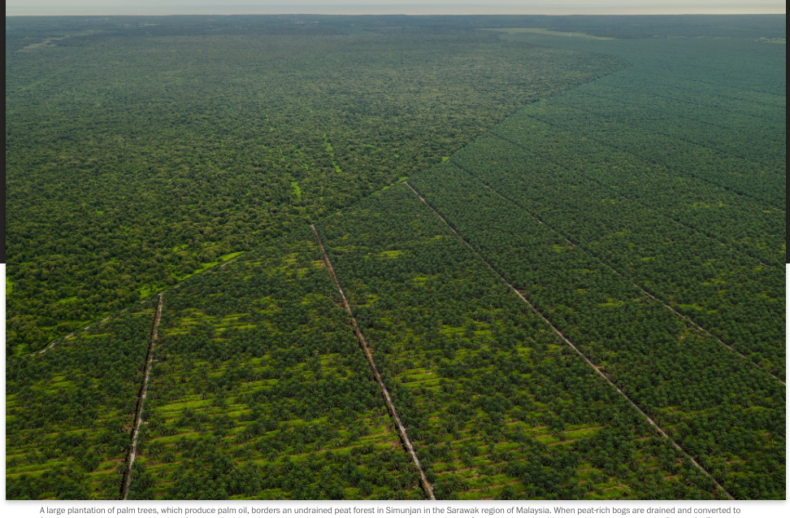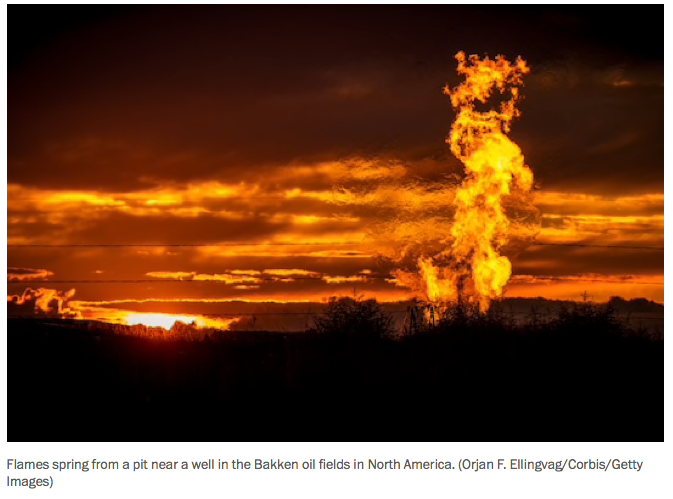Across the world, many countries underreport their greenhouse gas emissions in their reports to the United Nations, a Washington Post investigation has found. An examination of 196 country reports reveals a giant gap between what nations declare their emissions to be versus the greenhouse gases they are sending into the atmosphere. The gap ranges from at least 8.5 billion to as high as 13.3 billion tons a year of underreported emissions — big enough to move the needle on how much the Earth will warm.
The plan to save the world from the worst of climate change is built on data. But the data the world is relying on is inaccurate.
“If we don’t know the state of emissions today, we don’t know whether we’re cutting emissions meaningfully and substantially,” said Rob Jackson, a professor at Stanford University and chair of the Global Carbon Project, a collaboration of hundreds of researchers. “The atmosphere ultimately is the truth. The atmosphere is what we care about. The concentration of methane and other greenhouse gases in the atmosphere is what’s affecting climate.”




